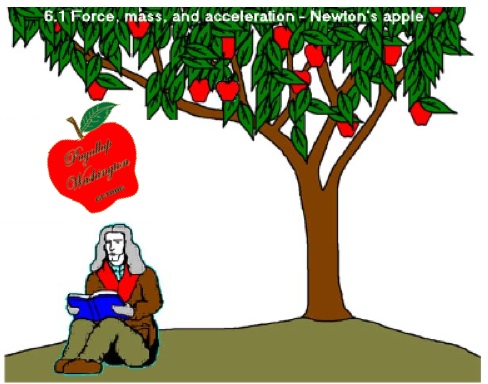The Positional Revolution sought to overturn the established five positions (point guard, shooting guard, small forward, power forward, and center) by asking a simple question without a simple answer: what’s in a name? Once upon a time the five positions were useful heuristics to think about the role of each player on the court, but today has more exceptions than rules. Dirk Nowitzki is a typical power forward, besides the facts that he does his offensive work outside of the paint, is one of the best pure shooters in the league, and is a mediocre rebounder. Russell Westbrook is a typical point guard, except he rebounds extremely well, looks for his own shot before his teammates, and doesn’t shoot jumpers all that well.
The Positional Revolution came about as a way to better understand the basketball that we were all watching. The 2006-07 season saw Don Nelson and the We Believe Warriors burst onto the scene, eschewing all orthodoxy. Those Warriors won by playing the most helter-skelter basketball the league has ever seen. They led in pace and steals, were second in three-point attempts and points per game, and were third in blocks. On offense point guard Baron Davis was surrounded by three (if Biedrins were in the game) or four other interchangeable shooters. On defense Al Harrington, who averages 5.7 rebounds and 0.3 blocks per game in his career, often guarded the opponent’s biggest player. Besides Baron Davis and Andris Biedrins, not a single Warrior fit a traditional position mold.
Today, hullabaloo commenced by the Positional Revolution has all but died. It has endured, and in doing so has relinquished its claim as revolutionary. All around us teams are succeeding with the unorthodox. The Lakers won two titles running much of the offense through 6’10” Lamar Odom, who was often only the third tallest player on his own team on the court. The Miami Heat often bench nominal point guard Mario Chalmers for long stretches to let LeBron initiate the offense, while on defense James guards anybody except the other team’s biggest player. Coaches are seems to understand that getting the best five guys on the court often requires a less than “ideal” lineup. In reality, ideal has nothing to do with the size of players but the size of their skills.


No comments:
Post a Comment